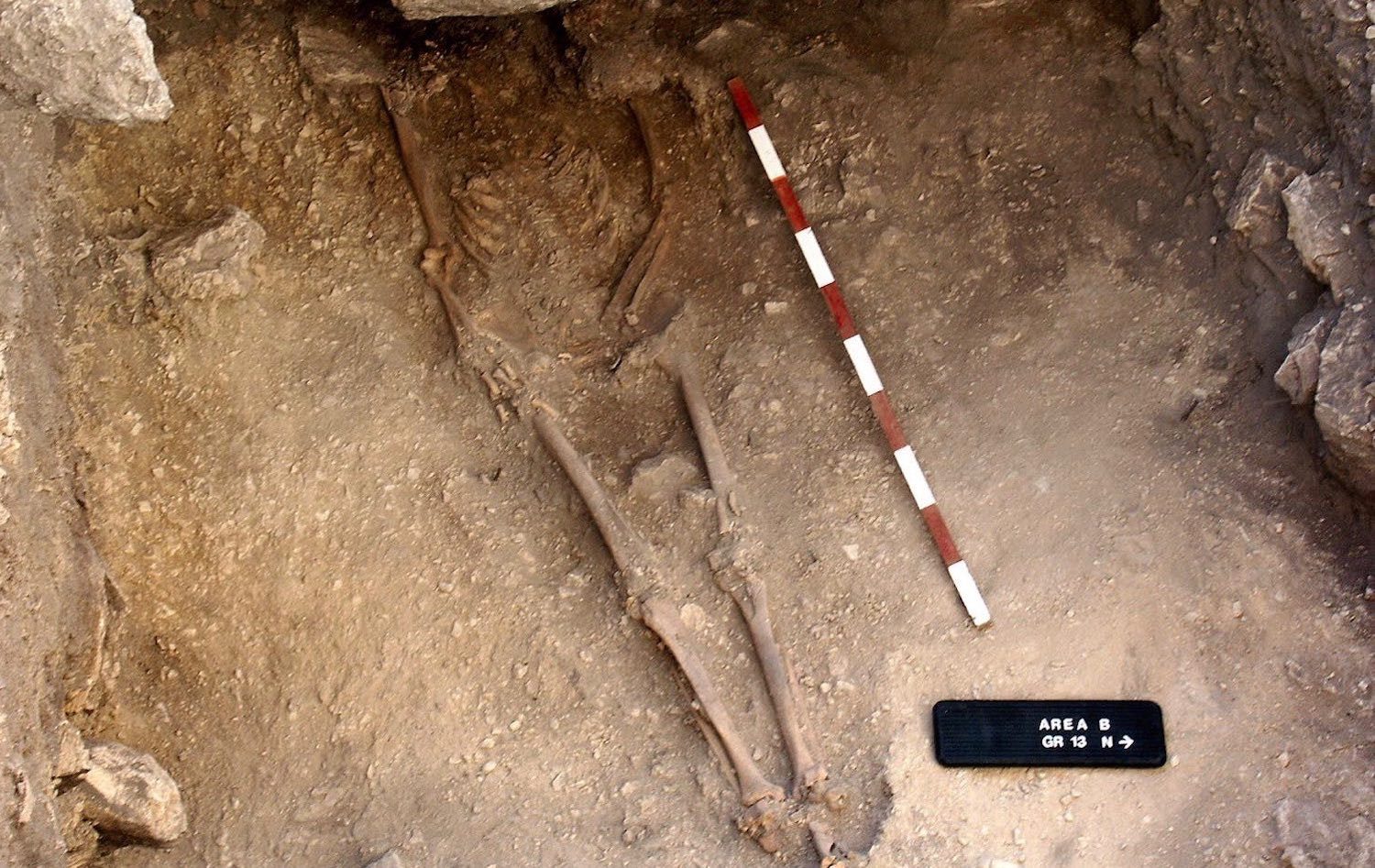OF THE
TIMES
History will have to record that the greatest tragedy of this period of social transition was not the strident clamor of the bad people, but the appalling silence of the good people.
pot calling the kettle black
As usual, No names , No places, No Times, No actionable intell. I had a meeting with an off world craft and it's crew. But sorrry I can't tell you...
Ironically, he has a point. These protesters are not brainwashed enough with the modern sexual degeneration that is consuming the human soul. If...
Find you some better friends - with ideas that really are better - cause Mutual Aid tis an idea stifled that now has some ammunition and strong...
The EU is toast - Hungary be advised to depart said false union.
To submit an article for publication, see our Submission Guidelines
Reader comments do not necessarily reflect the views of the volunteers, editors, and directors of SOTT.net or the Quantum Future Group.
Some icons on this site were created by: Afterglow, Aha-Soft, AntialiasFactory, artdesigner.lv, Artura, DailyOverview, Everaldo, GraphicsFuel, IconFactory, Iconka, IconShock, Icons-Land, i-love-icons, KDE-look.org, Klukeart, mugenb16, Map Icons Collection, PetshopBoxStudio, VisualPharm, wbeiruti, WebIconset
Powered by PikaJS 🐁 and In·Site
Original content © 2002-2024 by Sott.net/Signs of the Times. See: FAIR USE NOTICE

Villages like Lepinski Vir would locate on rivers with reliable fish supply and perhaps be the victims of the mosquito plagues following the flooding. Elephantiasis as depicted in the 'goddess figurines' would be rampant as even now there is no cure. Only in the mountain by fast moving water sources would allow mosquito borne disease to be minimized but even there the dependence upon small animal protein would created conditions making pregnancy almost impossible. Could this result in the periodic burning of prehistoric sites ? The cause of raids and captures of females from other clans that were producing healthy live births?